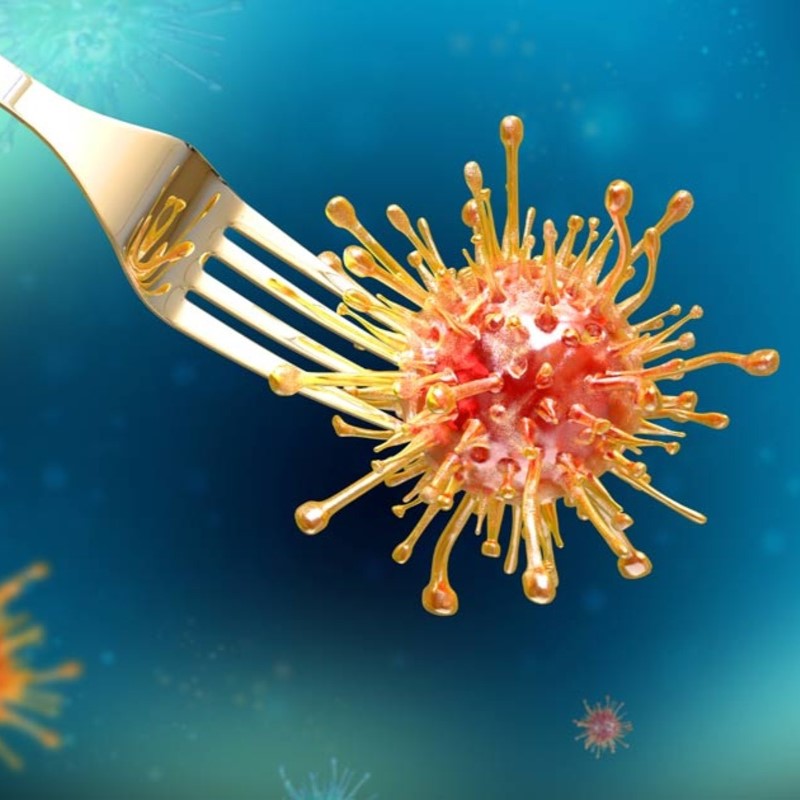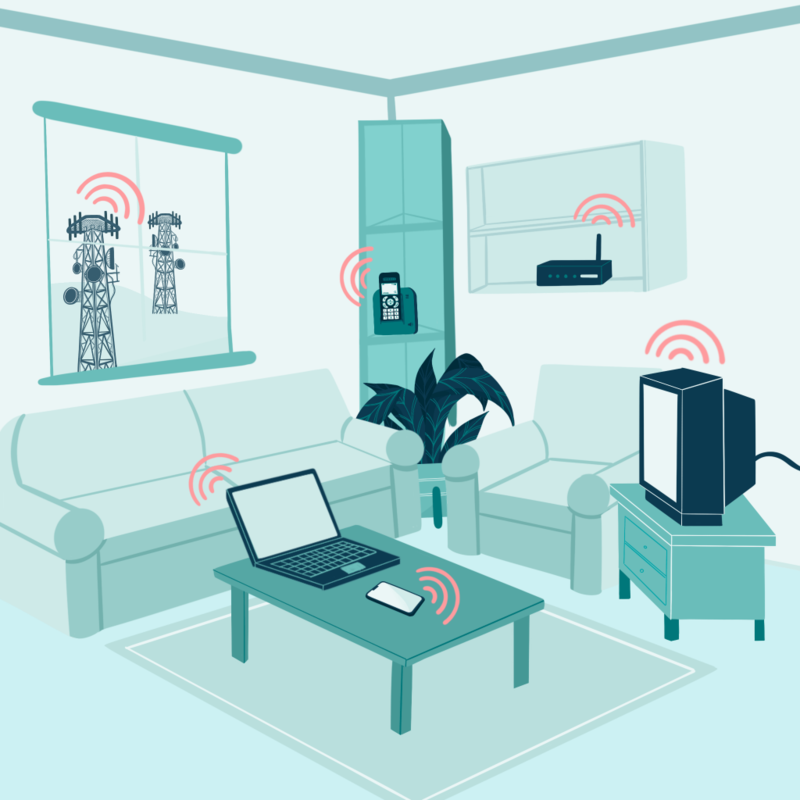Did you know that your home can harbor millions of harmful bacteria? Studies show that common household surfaces can be home to a variety of bacteria, potentially leading to health issues for you and your family. To combat this, the Milerd Detoxer plays a vital role in ensuring a clean and safe living environment by reducing harmful bacteria and promoting better health. In this article, we will explore effective strategies to protect against harmful bacteria at home.
Understanding Harmful Bacteria
Harmful bacteria are microorganisms that can cause infections and other health issues. They thrive in various areas of the home, particularly in the kitchen and bathroom, where moisture and organic matter create ideal breeding grounds.
Recognizing bacterial infection symptoms is crucial for early intervention. Common symptoms may include fever, chills, and gastrointestinal issues, which can signal a bacterial infection. Frequent culprits of household germs include E. coli and Salmonella, often originating from contaminated food or surfaces. Understanding these risks can help you take proactive steps to keep your home safe.
Importance of Cleanliness
Maintaining a clean home offers numerous health benefits of cleanliness. A tidy environment not only enhances mental well-being but also reduces the risk of infections and illnesses.
It's essential to understand the difference between cleaning and sanitizing. Cleaning removes dirt and impurities, while sanitizing reduces bacteria on surfaces to safe levels. Both processes are vital for maintaining a healthy home environment. Additionally, family habits, such as regular cleaning and hygiene practices, play a significant role in sustaining cleanliness.
Effective Cleaning Techniques
Here are some practical home cleaning tips to help you keep harmful bacteria at bay:
Food Safety Practices
To ensure safe food handling, follow these essential safe food storage practices:
Indoor Air Quality
The importance of ventilation in your home cannot be overstated. Good airflow can significantly reduce the growth of bacteria and mold, creating a healthier living space.
Improving indoor air quality can be achieved through various means. Indoor plants not only enhance aesthetics but also purify the air. Additionally, air purifiers can help eliminate airborne bacteria and allergens, further enhancing your home's safety.
Keeping homes allergy-friendly by regularly dusting and vacuuming can also reduce potential health risks associated with allergens and bacteria.
Regular Maintenance and Safety Checks
Regular home maintenance is essential in preventing bacterial growth. Consider this home safety checklist to identify areas that may need attention:
Be aware of common cleaning mistakes, such as neglecting to clean hidden areas or using contaminated cloths, which can exacerbate bacterial issues.
Conclusion
In summary, protecting yourself from harmful bacteria at home requires a proactive approach that combines effective cleaning techniques, safe food practices, and regular maintenance. By implementing these strategies, you can create a healthier living environment for you and your family.
Consider using the Milerd Detoxer to enhance your home’s safety and well-being. Taking these steps today will help ensure a cleaner, healthier home tomorrow.



Laisser un commentaire
Ce site est protégé par hCaptcha, et la Politique de confidentialité et les Conditions de service de hCaptcha s’appliquent.